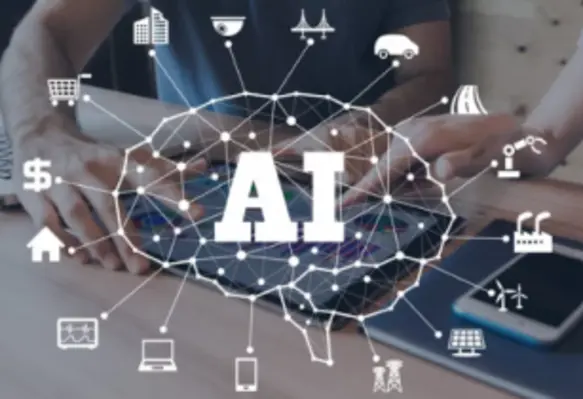Artificial Intelligence (AI) is revolutionising the cybersecurity landscape, and changing the way businesses can detect, prevent, and respond to cyber threats
AI has the potential to substantially reduce the cost and complexity of cybersecurity strategies, however, AI technologies also come with a range of ethical, legal and privacy implications that must be considered. Organisations must find the right IT partner to help them plan for and invest in proactive measures, such as staff training and education, to ensure that their cybersecurity defences can best leverage the benefits AI has to offer while minimising the risks involved.
Harnessing the power of AI
AI has powerful potential when it comes to enhancing cybersecurity, with machine learning algorithms able to quickly and accurately detect malicious patterns, malicious activity, anomalies, and outliers that would have been almost impossible to discover before. AI-enabled technologies can detect intrusions or malicious activities across multiple networks and applications, identify potential malware that has never been seen before, and spot sophisticated phishing and ransomware attacks.
AI can be used to identify and protect against zero-day vulnerabilities, monitor user behaviour for potential insider threats and help organisations prioritise their security efforts. For example, User and Entity Behaviour Analytics (UEBA) uses AI to monitor user and entity data such as authentication logs, system activities, and access control lists to detect suspicious activity. Then, on the other hand, AI-powered Intrusion Detection Systems (IDS) use AI to monitor network traffic for suspicious patterns and malicious activities.
Avoiding the pitfalls
While there are many benefits to leveraging AI in cybersecurity, organisations must take care to avoid the associated risks and vulnerabilities. Overreliance can be a significant issue – AI is a powerful tool, but relying too heavily on it can lead to a false sense of security, blinding organisations to security threats and unwanted activities occurring on their networks. In addition, AI is only as reliable as the data on which it is built. If the data sets used to train AI are biased and/or incomplete, then the intelligence will be biased and/or incomplete as a result. AI systems also need to be protected from data breaches and malicious actors, who could use the data to leverage an attack.
The future is AI
Cybercriminals are using AI to make their attacks more effective and efficient, automating the process of uncovering and exploiting security flaws in networks, systems, and applications. In addition, AI-based tools can be used to launch automated attacks and gain unauthorised access to systems. To counter this growing threat, organisations need to make use of AI themselves to implement robust security measures, policies, and procedures.
AI should form part of a multi-layered approach to cybersecurity, along with other technologies, proactive mitigation measures, and human expertise. AI-based tools can be used for threat detection, vulnerability management and automated incident response. Other technologies, such as antivirus software, firewalls, intrusion detection systems, and encryption methods, can be leveraged for additional protection.























